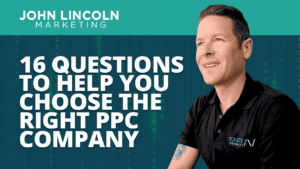
Top 16 Questions to Ask a PPC Company in 2024
In 2024, choosing the right PPC company is not just about spending your advertising budget. You want to make every cent count towards your business
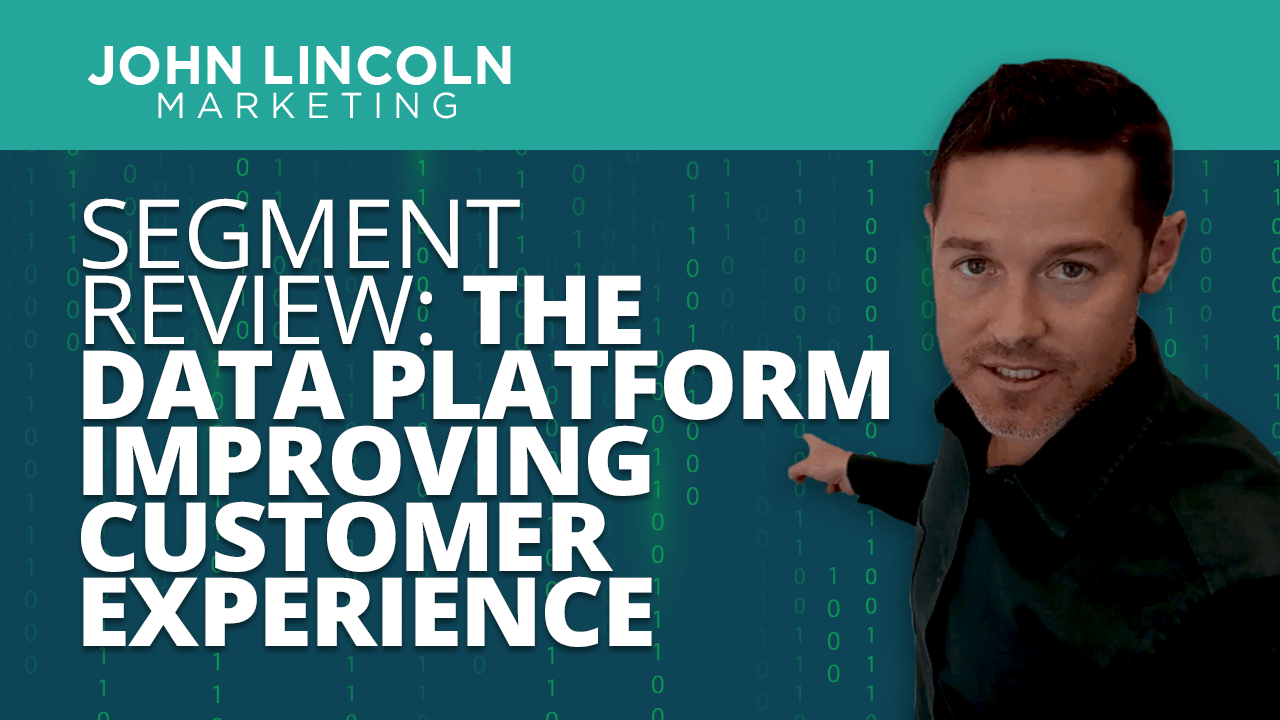
Sometimes too much of a good thing can be a bad thing. That’s even the case with customer data.
Why? Because you end up with so much fine-grained detail that you need to put in the effort parse, process, and analyze the data.
And that gets hairy.
Fortunately, Segment is here to help you with that.
In this Segment review, I’ll go over the features of the product. I’ll also cover its pricing model so you can determine if it’s worth the investment.
You might have heard of Twilio. It’s the cloud communications platform that enables you to add voice, video, and messaging to your web and mobile marketing.
Well, just this past November, Twilio purchased Segment. So now Segment is Twilio Segment.
According to the folks at Twilio: “Segment provides the data platform to add intelligence to Twilio’s digital engagement channels, which currently power 1 trillion interactions per year. By applying a data-driven approach typically used in marketing and functional areas like analytics, product, and customer service, Twilio will improve the end-to-end customer experience at every touchpoint.”
In this Segment review, I’ll go over why you need the app.
In a nutshell, it’s because of segmented data.
If you’re a digital marketing expert, you’ve probably got customer data siloed all over the place. Some of it in a CRM, some of it in a customer service application, some of it in mobile analytics, some of it in web analytics, and so on.
Like I said in the intro: you got too much data.
But wouldn’t it be nice if you could aggregate all that data, streamline its processing, and present it to marketers and management alike with a single interface?
Why, yes. Yes that would be nice.
And that’s what you can do with Segment.
In the next several sections of this Segment review, I’ll cover its specific features.
Get your people a single view of the customer. Deliver a holistic picture of the sales journey in just one spot.
Segment enables you to unify customer touchpoints across a variety of channels. Then, you can use that data to determine the best way to optimize your marketing strategy.
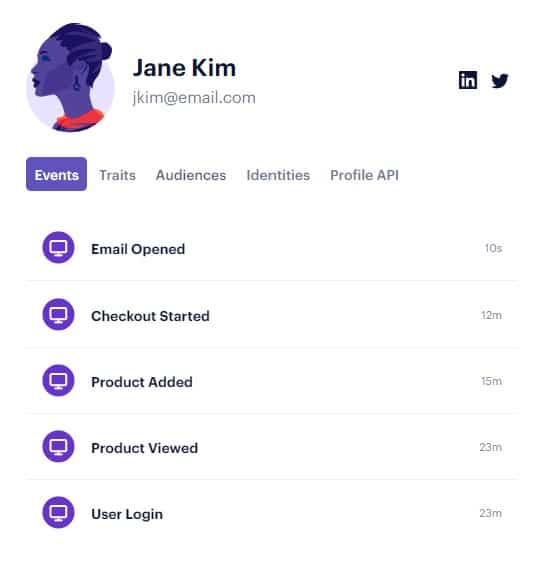
But it’s bigger than that. Segment also delivers on email marketing. The tool includes personalization features and lets you establish frequency caps to limit unsubscribes.
Even better: Segment uses a powerful propensity modeling algorithm that gives you insight into how likely it is that specific customers will buy what you’re selling.
The tool also empowers you to build real-time audiences that can land you more sales:
Also, Segment enables you to create real-time personas based on the data you aggregate from various sources. Use that info to segment your market and create targeted ad campaigns that are likely to resonate with potential customers.
In short: Segment is a digital marketer’s dream. It’s a powerhouse of features that will help you fuel explosive growth.
In this part of the Segment review, I’ll go over how the tool assists with product development.
How would you like to develop “data-driven” products? No doubt you would.
But before you can do that, you need to collect data and analyze it intelligently. Segment helps you do that.
Use the tool to collect data from your apps and present that data across your marketing, management, and engineering teams.
End result: teams move faster, experiment more, make greater discoveries, and improve their KPIs.
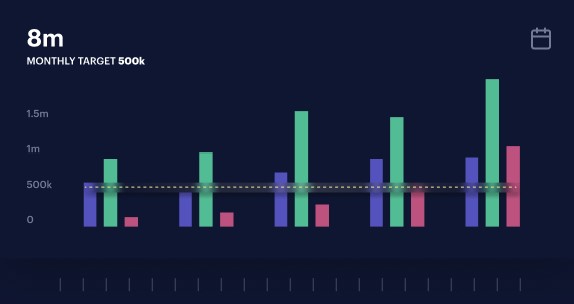
Oh yeah: and your customers get exactly what they’re looking for.
Everybody wins.
Also: it does that while respecting user privacy. According to the company website, you can crunch those analytics while still remaining compliant with GDPR, CCPA, and more.
In this part of the Segment review, I’ll explain how the tool benefits engineering teams.
Engineering teams love tools like Segment because it provides an API. That’s an application programming interface developers can use to grab data programmatically.
Then, they can filter, manipulate, aggregate, and analyze that data. Doing so will help management at your company learn from history and make better decisions going forward.
But there’s another reason why your developers will love Segment: they won’t have to write as much code.
That’s right. Segment lets your developers accomplish with just a few lines of code what would normally take a dozen or more lines.
And they won’t have to manually enter tracking data IDs (such as the Google Analytics ID) either. That’s all handled by Segment.
That’s why more than 20,000 companies use the Segment API to collect over 500 billion events every month.
Heck, the tool even provides a debugger that you can use to check for problems with your data. You can view a live stream of event data as it flows from one of your apps to the Segment API.
For those of you who aren’t propeller-heads, though, Segment enables you to collect website data via visual tags. You don’t need to write one line of code.
Pretty slick, huh?
In this part of the Segment review, I’ll cover what is perhaps its most important feature: integrations.
Name any high-profile digital marketing tool. Any one.
I would be surprised if Segment didn’t natively integrate with it.
In fact, Segment boasts that it integrates with more than 300 tools. I think it’s safe to say that whatever you need to access, Segment can handle it.
And for those few tools it can’t integrate with, they still probably provide an API. So all you need to do is create a mashup that includes the Segment API and the tool’s API.
That’s it.
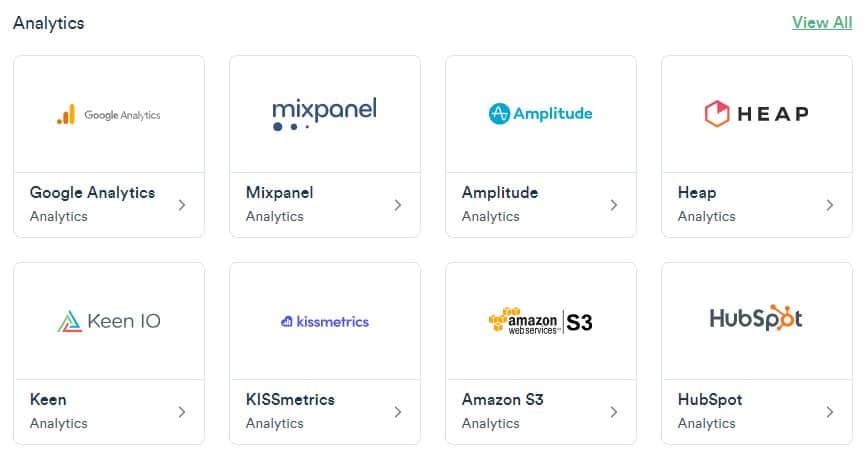
So what’s all this cost? Well it starts off at a really great price: free.
Yep. You can get started with more than 300 integrations, 2 sources, and 1,000 visitors per month max without paying one red cent to anybody.
That will give you a great opportunity to test-drive the tool. Then, you can make a decision later on about whether or not you think it’s best for your business.
If you do like what you see, the next level of service starts at $120 per month. For that, you get 10,000 visitors per month with unlimited sources. You also get data warehouses.
If you need something more robust than that level of service, you’ll have to call the company to get a quote. It’s custom pricing from that point on.
There it is: a complete review of Segment.
Now it’s over to you. Why not take advantage of the free level of service to see if the tool is right for your business? Then you can make an informed decision after some hands-on experience.
Remember, though: you’ll only get out of Segment what you put it into it. So if you do pay for it, make sure to take advantage of all its features.
Welcome to John Lincoln’s personal website. You can learn about John Lincoln’s books, films, book him to speak and contact him. John is directly associated with many of the businesses mentioned on this website and freely discloses this information.

John Lincoln is CEO of Ignite Visibility, one of the top digital marketing agencies in the nation. Ignite Visibility is a 6x Inc. 5,000 company. Ignite Visibility offers a unique digital marketing program tied directly to ROI with a focus on using SEO, social media, paid media, CRO, email and PR to achieve results. Outside of Ignite Visibility, Lincoln is a frequent speaker and author of the books Advolution, Digital Influencer and The Forecaster Method. Lincoln is consistently named one of the top digital marketers in the industry and was the recipient of the coveted Search Engine Land “Search Marketer of The Year” award. Lincoln has taught digital marketing and Web Analytics at the University of California San Diego since 2010, has been named as one of San Diego’s most admired CEO’s and a top business leader under 40. Lincoln has also made “SEO: The Movie” and “Social Media Marketing: The Movie.” His business mission is to help others through digital marketing.
Want to get in touch with John Lincoln? Click Here To Reach Out.

In 2024, choosing the right PPC company is not just about spending your advertising budget. You want to make every cent count towards your business
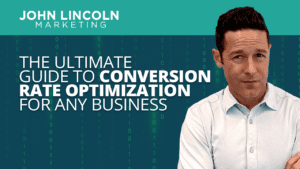
Whether you’re a seasoned marketer or just starting out, conversion rate optimization (CRO) is a powerful tool that can boost your sales, leads, and overall

Feeling overwhelmed by the sea of SEO companies out there? You’re not alone! Choosing the right partner is crucial for achieving your online marketing
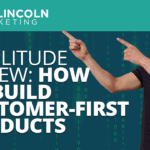 Amplitude Review: How to Build Customer-First Products
Amplitude Review: How to Build Customer-First Products Amplitude Review: How to Build Customer-First ProductsManagement at Babble faced a challenge. The company’s small analytics